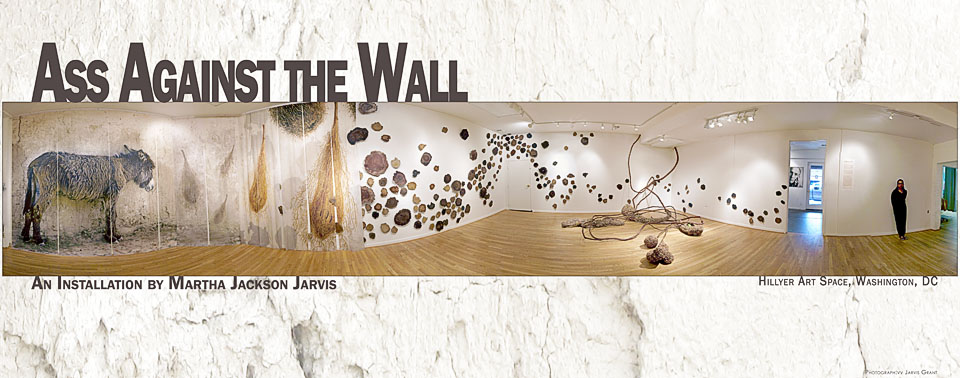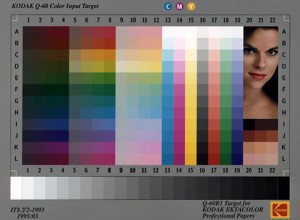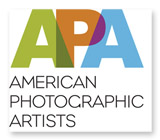Adobe has released the beta of their new web design application, Muse. This new Adobe app is yet another in its line of web design sans-code tools. Muse is totted to be a tool to, “Create websites as easily as you create layouts for print. You can design and publish original HTML pages to the latest web standards without writing code”. Similar to Adobe Catalyst for designing interactive Flash design without using ActionScript, and Adobe Edge for designing content & animation using HTML 5 , Javascript, and CSS. Muse is definitely worth a look see. In fact the whole Adobe Muse site was created using Muse. One other interesting note is that Muse is built upon Adobe’s AIR platform.
With all of this techno wizardry, there is something different with Adobe Muse brings to the party. This little piece of Adobe real estate, while still in beta, presents on its web site a tab for Pricing. What the tab delivers to you is Adobe’s new software subscription model. Instead of the usual flat rate, it offers you the choice of the “Month to Month Plan” or the “Yearly Plan”. Now this isn’t new that new. Adobe has been pushing this idea for several months. Actual since the “release” of Creative Suite CS5.5. So, you don’t want to shell out $600 for Photoshop? Okay, you can rent it for $30 a month, which puts you a little over the “upgrade” pricing. This idea is not going away, and for some users it does make since. You’re only using Photoshop, InDesign, and Acrobat Pro in the Creative Suite? That’s about $30 bucks a month on the Year Plan OR $50 bucks Month to Month. Only need AfterEffects for a few months? That’s about $70 per month.Still if you do the math you’re a little better off buying the box. Still, it is a option, and once more people buy into the idea of software subscription, the prices should drop.
So what Adobe Muse offers to designers is a way to design for mobile devices like smartphones and tablets, without mucking around with code. The interesting thing is that tools like this are actually training platforms too. As you begin to troubleshoot problems with your designs (yes believe it or not things can go wrong with software!) you’ll start picking up a little code handling here and there. Not a lot, but enough to understand what happens on the developer side of the equation. Now if there was only a tool for developers so they could understand that design is easy only after a designer creates a design!
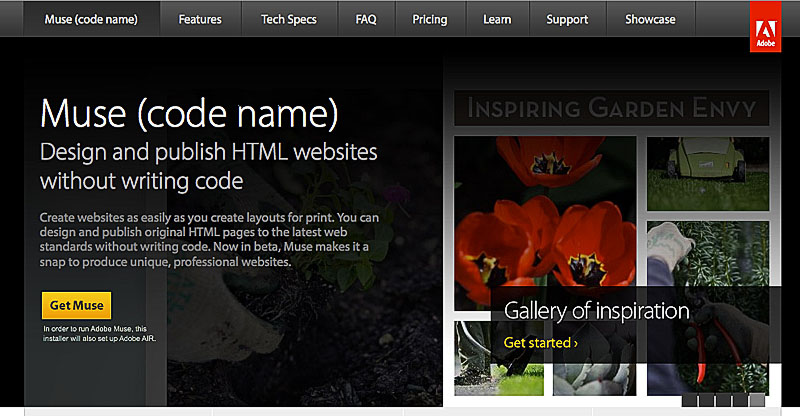


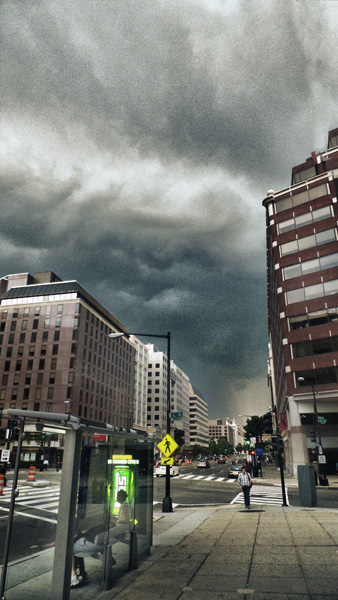
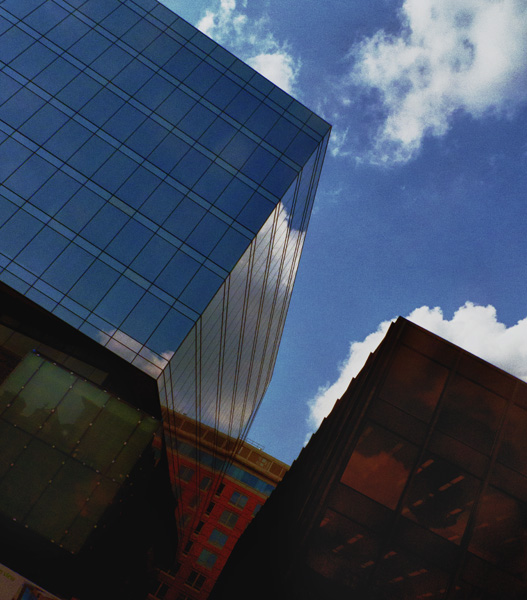
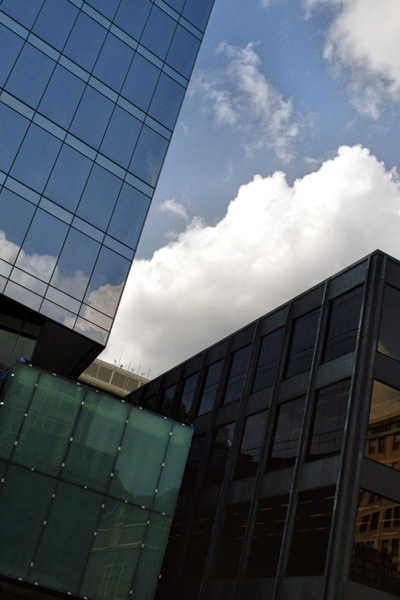
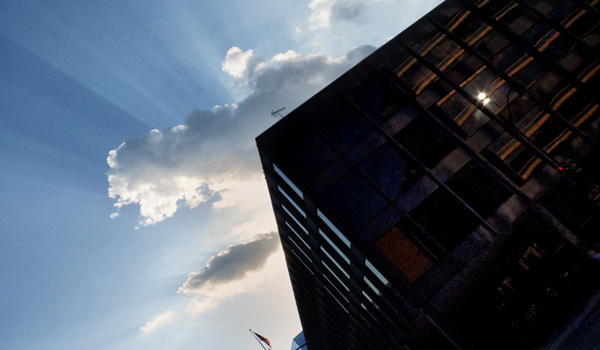
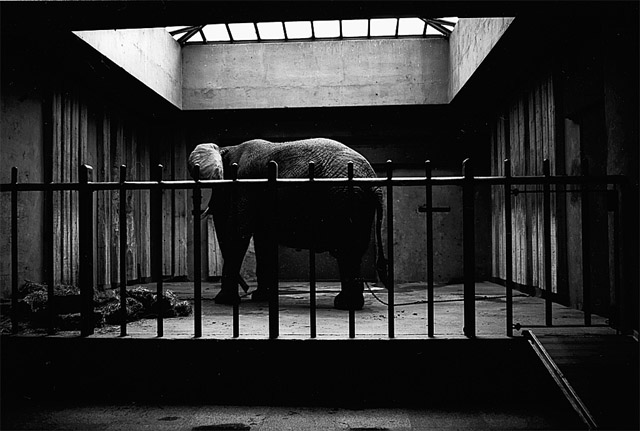
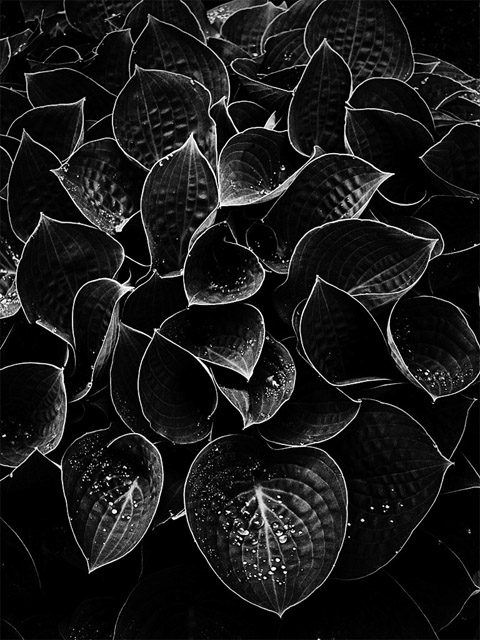
![ExhibitionOnePager_900x1550_V2[1] Sacred Reflections Announcement](http://jarvisgranteditions.com/blog/wp-content/uploads/2011/07/ExhibitionOnePager_900x1550_V21.jpg)
